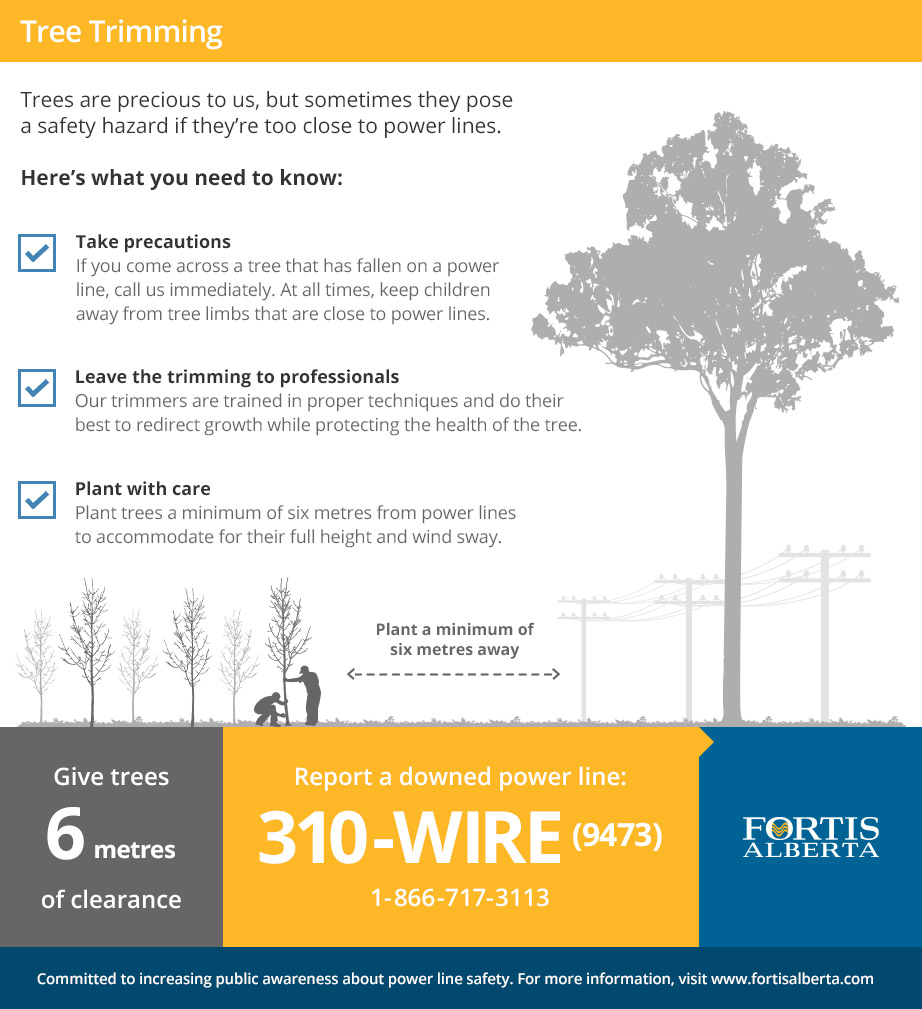When it comes to creating a landscape that flourishes, grasping the art of tree pruning is a must. Envision having the ability to sculpt your trees with accuracy, guaranteeing their vigor and elegance for years to come. By discovering the necessary methods for proper cuts, timing, and architectural training, you hold the secret to a growing outdoor space that will excite all that experience it. But just how do these pruning approaches truly affect the wellness of your trees and the general landscape aesthetic?
Correct Pruning Cuts for Tree Wellness
When it concerns keeping the wellness of your trees, making correct pruning cuts is necessary. Inaccurate cuts can result in illness, insect infestation, and overall tree decrease. To make sure the vigor of your trees, constantly start by utilizing sharp, tidy tools to make specific cuts.
Begin by determining the branch collar, an inflamed area where the branch attaches to the trunk. Cutting simply outside the collar assists promote proper healing and decreases the threat of infection. Avoid leaving stubs as they can invite pests and diseases right into the tree.
Keep in mind to make cuts at a slight angle, sloping far from the trunk, to prevent water from merging on the injury. Additionally, get rid of any kind of dead, damaged, or crossing branches to enhance air circulation and sunshine infiltration.
Timing and Regularity of Pruning
To maintain the wellness and framework of your trees, understanding the ideal timing and regularity of trimming is vital.
The very best time to prune trees is normally throughout the dormant season in late winter or early springtime. Trimming throughout this duration helps advertise new development once the tree starts budding in the spring.
However, some trees, like spring-flowering ones, are best trimmed right after they end up flowering to stay clear of removing next year's flower buds.
Normal pruning is crucial, yet the regularity relies on the tree species and its growth rate. For most trees, a yearly evaluation to eliminate dead, unhealthy, or crossing branches is recommended. Youthful trees may require even more regular trimming to establish a strong framework, while mature trees might just require upkeep pruning every few years.
Stay clear of trimming during the loss when illness are much more easily spread out, and refrain from heavy trimming throughout the summer season when the tree is actively expanding.
Training Young Trees for Framework
For developing solid and healthy trees, training young trees for optimal structure is essential. By forming a tree when it's young, you established the structure for a sturdy and visually attractive mature tree.
Begin by determining the main leader, which is the primary upward-growing branch. Encourage the main leader's development by pruning away completing leaders, aiding the tree establish a solid main trunk. Additionally, remove any type of branches that expand inward or downward, as they can cause structural issues as the tree grows.
It's important to room out lateral branches uniformly around the trunk to promote well balanced growth. As propety management , continue to check its growth and trim as required to keep its shape and framework.
Effectively trained young trees are much less likely to develop weak crotches or overcrowded branches, decreasing the risk of damage during storms. Investing time in training young trees will settle with a wonderfully structured and durable tree in the future.
Verdict
Now that you have mastered the necessary methods of tree trimming, your landscape gets on its method to thriving. By utilizing your input here , making accurate cuts, and properly timing your trimming sessions, you are guaranteeing the health and long life of your trees. Remember to consistently evaluate and keep your trees to maintain them thriving. With your newly found knowledge, your landscape will continue to grow beautifully for many years to come. Maintain the great work!
